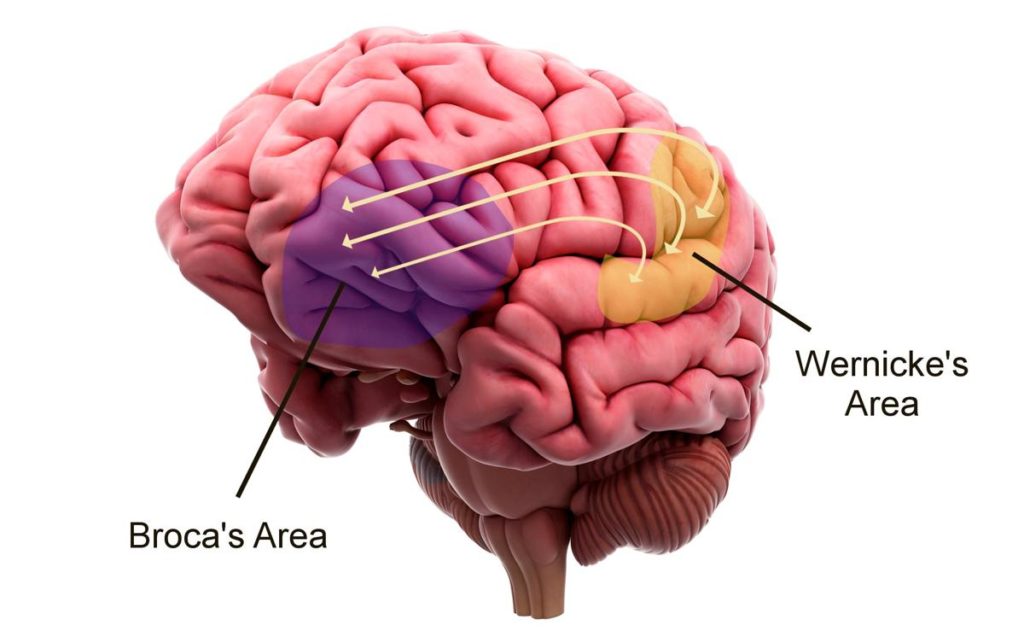Not long ago, a friend was telling me how the nightly school homework sessions at her house almost always end in tension, tears and a tantrum—and she was referring to herself as well as her kids! June comes as a relief for the many families caught up in the same situation, but September will roll back around soon enough.
A recent study by the Better Sleep Council, about the frustrations and stressors that are keeping today’s teenagers awake at night, confirms that my friend’s family is not alone. The stressor that ranked the highest, dwarfing the usual suspects such as bullying (15%), parental expectations (45%), and even self-esteem (51%) was homework, at 74%.
This is not good, because the presence of stress revs up the brain into a flight or fight response, which makes learning or recalling extraneous information almost impossible. If you’ve ever been stressed during a job interview or exam and “blanked out” when asked a question that you previously knew the answer to, you’ve experienced this phenomena yourself.
[Free eBook] Why (and How) to Use Mind Maps for Online Teaching
The results were a wake-up call for me
As a former part-time college professor and a mom to two school-aged children myself, education has long been a particular interest of mine. It is for most people. Virtually all countries value education as one of society’s most important pillars, and over the course of kindergarten to Grade 12, Canada alone currently spends more than $150,000 per student.
That’s a big investment in our future, so seeing the Better Sleep Council study made me wonder: How can we reduce this stress? And just as importantly, what are the best practices in helping students and adults learn?
Scientists are finding out how the brain really learns—and it’s changing the way we teach

Fortunately, when it comes to learning, we’re living in exciting times. Scientists are conducting ground-breaking research that show how the brain actually works in a teachable moment.
One study I found particularly fascinating involves two regions of the brain called Broca’s area and Wernicke’s area. In a nutshell, these regions are responsible for processing language. When students read or hear words that are informative in nature, such as a linear explanation of how to solve a math problem, the Broca and Wernicke’s areas (while being scanned) will light up and show activity as they decode the words into meaning.
But if the teaching method changes to a story format, perhaps adding in details about the history of the math application, how it’s used, and interesting anecdotes about it, additional parts of the brain will also light up, meaning that the whole brain is more fully engaged in learning and making connections, rather than simply memorizing the steps in a process.
Two smart ways that teachers—and parents—are using mind mapping as a key teaching tool
When I first learned how the technique of mind mapping enables users to add details, see the big picture, make connections between ideas (and ultimately engage more parts of the brain in learning) I thought it would be a handy tool for teaching. Not only for actually teaching students, but also for organizing and planning the mountain of work that teachers typically experience. Sure enough, many teachers are using mind mapping software to first make their own lives easier, and secondly to help their students to learn.
Making your teaching life easier
Getting organized: Take your school year calendar, your lesson plans, class curriculum, student evaluations, and all your scribbled notes and get everything organized in one central location.
Planning it out: Need to configure your classroom? Create a lesson plan? Plan a field trip or a Meet the Teacher event? Mind mapping helps ensure you’ve got every detail covered.
Collaborating with colleagues, parents and volunteers: Gather your contacts, schedule meetings, create agendas and objectives, and track progress and milestones in one key place.
Creating better lesson plans and presentations: With mind mapping, you not only see your lesson plans and presentations in “big-picture” format, but you can easily add details and move things around, making the whole process faster and easier.
Creating better notes and study materials: Unlike old-fashioned chalkboards, online mind maps created during class can be printed out or shared electronically with students and even parents.
Best practices to help your students learn
Comprehension: Mind mapping helps support many components of the scientific “best-practice” learning environment I mentioned above: the ability to add more details, to see relationships and hierarchies, and to make connections between multiple ideas, rather than viewing information in a linear fashion
Problem solving: With mind mapping learners to see the big picture—a view that allows them to include details in problem solving they might not consider otherwise. At the same time, problems (and projects) can be broken down into bite-size details.
Expression: Creating a mind map as you participate in class discussions means you can capture all the discussion points, categorize them, move them around, draw connections between points, ideas, and help students more fully understand the different sides and nuances to a topic.
Creativity: Mind mapping is in itself a creative process! But unlike a blank-slate approach, in which you can generate tons of random and disconnected ideas, mind mapping helps you expand, categorize, and move ideas around—resulting in a more sophisticated and effective brainstorming exercise.
Memory & recall: Mind mapping can improve memory (including photographic memory) and recall by categorizing information into key sections, with colours and shapes, to help students absorb the details and their connections, rather than a group of random facts.
Better engagement: Teaching students how to use mind mapping for their own projects can help them organize the process, schedule their time, and reinforce the lesson learned by helping them come up with new ideas, make connections, or do a deeper dive in areas of interest. It simply makes learning easier.
My own experiment: Mind mapping makes the grade with Will’s book report
I decided to try out my own experiment by using mind mapping as a teaching tool this past April, when my ten-year-old Grade 5 son, William, needed to do a book report on I Survived the Children’s Blizzard, 1888, by Lauren Tarshis. It’s a story about an 11-year-old boy that survived one of deadliest blizzards in U.S. history.
It was very telling that when I asked Will to tell me about the project, he told me what the book was about in linear fashion, starting at the beginning of the book and describing the events in chronological detail until he got to the end of the story. It formed a baseline for me—how would his approach to the project change once he had a chance to see it mind mapped, with details and connections and characters and subplots?
As you can see in the mind map created by me and William, shown here, I simply used the teacher’s rubric to come up with the basic outline. This made it easy to begin; I simply added in all the items the teacher had requested to be included in the book report, such as characters, plots and subplots, setting, and more. I also added in the evaluation, so we could see what marks would be allocated (or taken away) for each part of the project.
As William worked on the book report, we also found it helpful to add little reminders—such as to always underline the book’s title and to include an illustration.
Mind mapping through my son’s eyes
I’ll be the first to admit that my son has never been thrilled at the chance to do a book report after school. Like most young kids, he’s rather be playing video games or riding his bike. But in the past, even if I did convince him to work on it, it was a challenge for him to organize the work. I was hoping mind mapping would help.
Once the basic mind map outline was done, we started off with Will once again recounting the details of the story in chronological fashion. But this time, he could take all these random details and start organizing and plotting them into the bubbles on the map. Each time he came across a character, he or she was listed under the characters section, and later these were further broken down to main characters and secondary characters.
Likewise, I would ask him which details needed to go with which plot line, and he could organize them with the two main subplots, one about the blizzard and the other about a snake. And if he changed his mind about where something should go, it was easy to move things around.
The beauty of the mind map was that Will could see all the information visually, in a big picture kind of way, instead of trying to picture it all in his head. It seemed to help him make the leap from seeing the novel as a linear, chronological story, and start seeing the organization and the structure of the book, to make connections between the various components and how they all worked together.
No missed steps
With the mind map, it was nearly impossible to make careless errors that would lose marks, such as forgetting or neglecting to include part of the required work. Will understood that he had to include details for each section, and with the whole project mapped out in front of him, nothing could be overlooked.
Breaking down to build a better learning experience

Using mind mapping also helped us schedule the work effectively—making for a more pleasant homework experience. Using the mind map, it was easy to see the scope of the full project, and how much would need to be completed each night.
Because the mind map breaks down the work into individual sections and tasks, it was also more palatable to Will. It became a bunch of small jobs instead of a too-big, too-hard project. He knew he only had to complete one section, and then he could take a break or play his video game.
And the best thing about it? He got an A! It was the best mark he’s had in that course, and so for him, he felt motivated and that the work was worth it.
Julie Harrison heads up the Global Marketing efforts here at MindManager. She oversees field marketing, content creation, strategic demand generation campaigns and sales enablement. She’s also the happy mother to two kids who are learning to love MindManager as much as she does!
Want to give mind mapping at try?
Start a free, full-feature 30-day trial today! Why (and How) to Use Mind Maps for Online Teaching
Why (and How) to Use Mind Maps for Online Teaching
Download this free eBook to learn why mind maps for an excellent tool for online teachers. Get insights into common challenges that you and your colleagues are facing, and learn how mind maps can help make your life easier.

